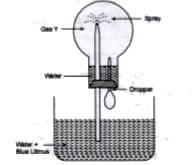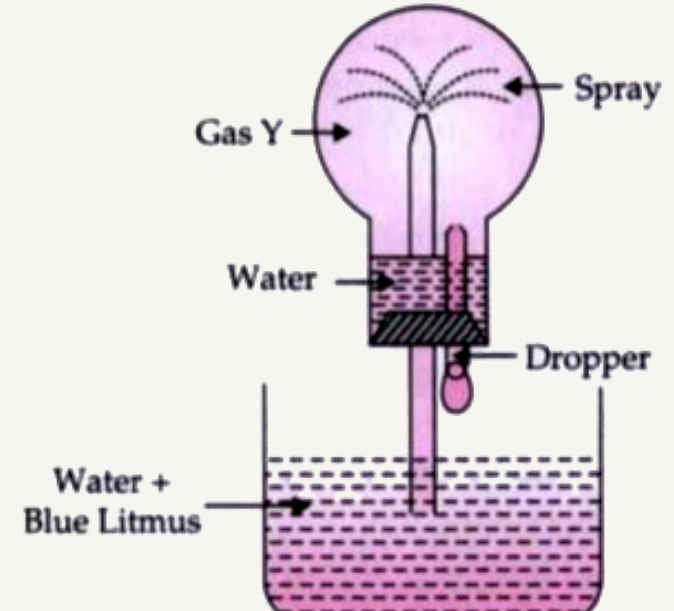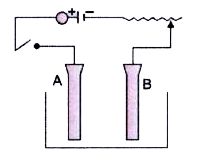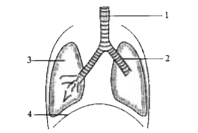Study the extract of the Periodic Table given below and answer the questions that follow. Give the alphabet corresponding to the elements in question. DO NOT repeat an element.

Which is an inert gas ?
F is an inert gas.
Topper's Solved these Questions
- BOOK - ICSECHAPTER - SAMPLE PAPER 2019EXERCISE - SECTION - I1videos
SAMPLE PAPER 2019
- BOOK - ICSECHAPTER - SAMPLE PAPER 2019EXERCISE - SECTION - I1videos
SAMPLE PAPER 2019
- BOOK - ICSECHAPTER - SAMPLE PAPER 2018EXERCISE - SECTION-II41videos
SAMPLE PAPER 2018
- BOOK - ICSECHAPTER - SAMPLE PAPER 2020EXERCISE - SECTION-II (40 Marks) Attempt any four questions from this Section47videos
SAMPLE PAPER 2020
Similar Questions
Study the extract of the Periodic Table given below and answer the questions. Give the alphabet corresponding to the element in question. Do not repeat an element. State which element: Is an inert gas. State the ion of which element will migrate:Towards the cathode during electrolysis
View SolutionStudy the extract of the Periodic Table given below and answer the questions. Give the alphabet corresponding to the element in question. Do not repeat an element. State which element: Forms an electrovalent compound with G.
View SolutionStudy the extract of the Periodic Table given below and answer the questions. Give the alphabet corresponding to the element in question. Do not repeat an element. State which element: Is non-metallic and has a valency of 2.
View SolutionStudy the figure given below and answer the questions that follow :

Identify the gas Y.View SolutionStudy the picture given below and answer the questions that follow:

Identify the organismView SolutionStudy the figure given below and answer the question that follow :

Identify the gas Y.View SolutionStudy the picture given below and answer the questions that follow:

Name the phylum it belongs to.View SolutionStudy the picture given below and answer the questions that follow:

What are Vertebrates?View SolutionStudy the diagram given below and answer the question that follow

Give the names of the electrodes A and B.View SolutionStudy the diagram given below and answer the questions that follow:

Give the composition of expired air.View Solution

